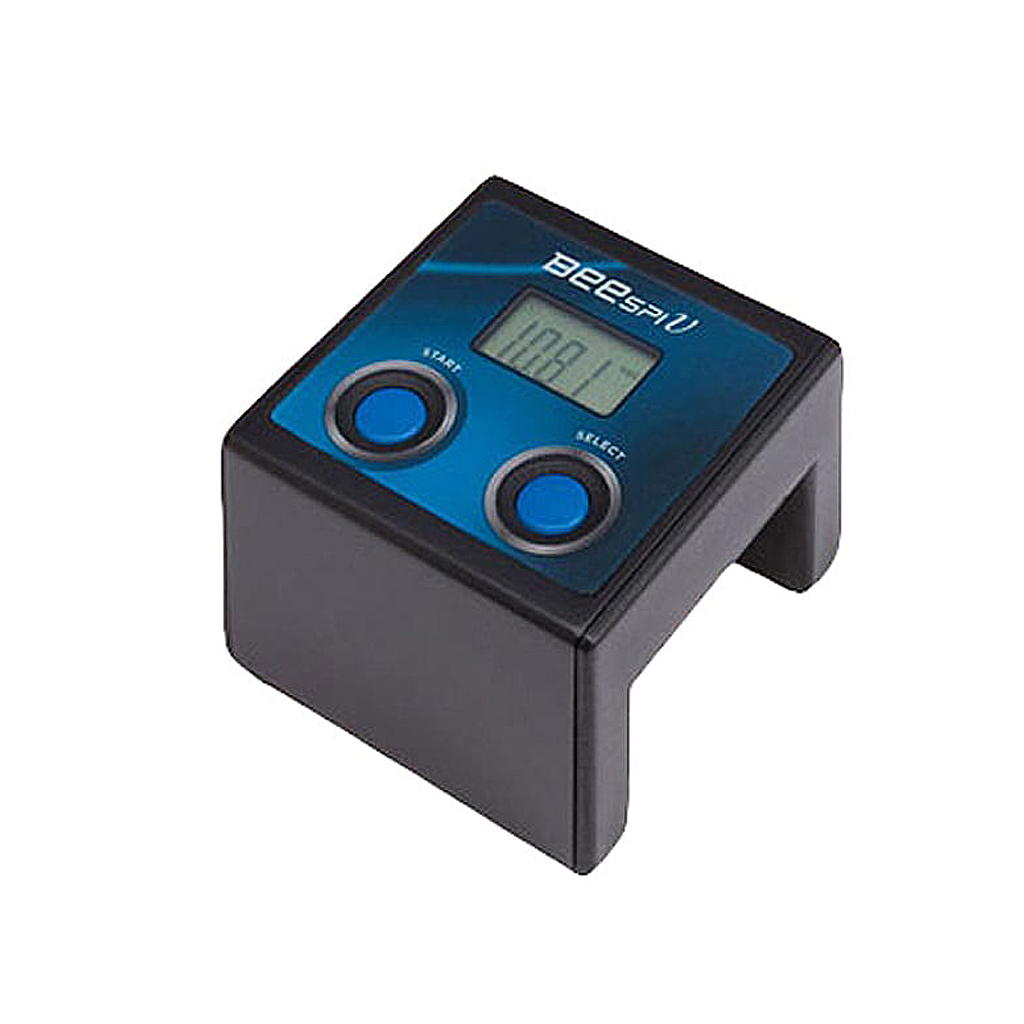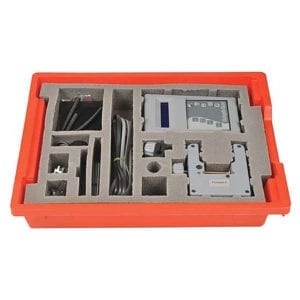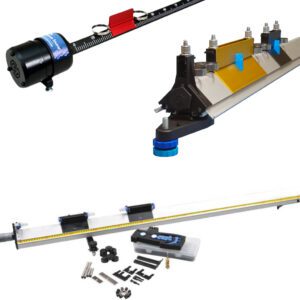LIGHT GATE: ‘BeeSpi V’
Measures speed and acceleration instantly using advanced light gate technology. Traditional tape based speed experiments are hard to set up and can be inaccurate. This provides additional class time to help students analyse the experiment results thoroughly. Using two of these data logger – light gates enables acceleration speed to be measured: 0 to 999.9cm/s, 0 to 99.9m/ s, 0 to 99.99km/h, wrap time: 0 to 99.99sec, accumulated wrap time: 0 to 99.99sec, requires 2x size AAA batteries (not supplied), Size dimensions: 60 x 60 x 50 mm, has clock and memory function. This can be used with LEVITATION TRACK – MAGNETIC cat. NAC15-1953



